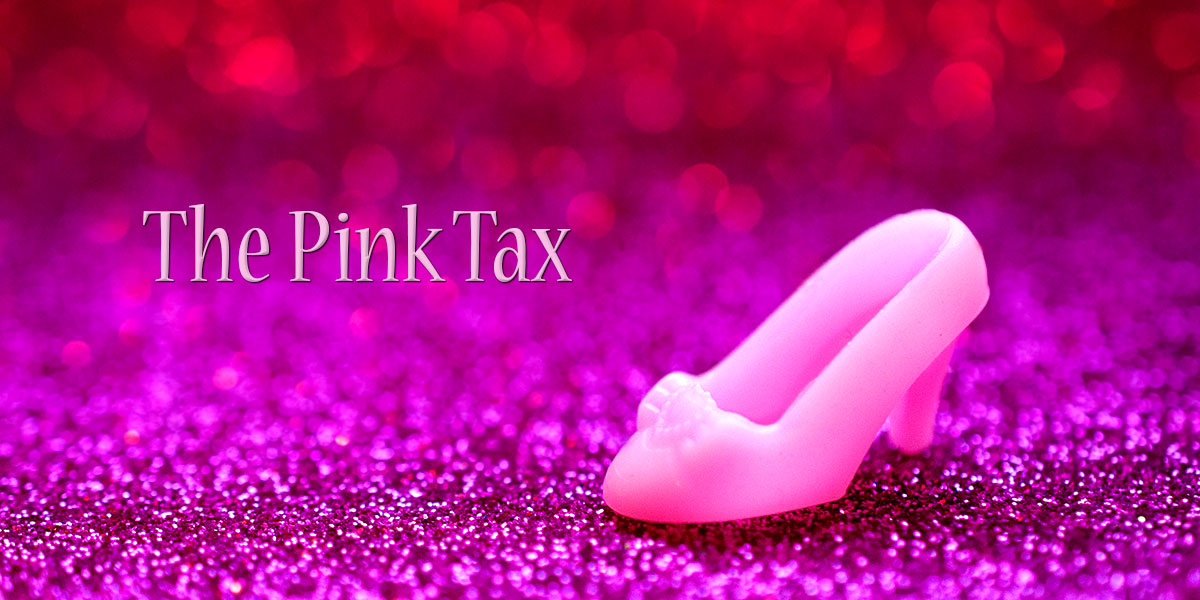We’ve all heard of the wage gap, that women are paid less, but now there’s the pink tax, meaning women are also charged more.
Photo by Julia Province
__________________________________________________
It’s a term coined to describe the often-higher prices placed on products designed for women, while similar or seemingly identical products designed for men cost less. This trend can be spotted on a myriad of products targeted at women and even girls. On anything from personal care products like razors, deodorant and perfumes, to clothing to children’s toys, feminized versions of otherwise gender-neutral products often have a noticeable price hike. A study done by The New York City Department of Consumer Affairs that reviewed prices of almost 800 products, found that women’s products cost more 42 percent of the time. The same study found that women’s products cost the same as men’s 40 percent of the time, and men’s products cost more just 18 percent of the time. Forty-two percent is no small margin, but the breakdown of what’s happening here is actually much more complicated. In some cases products compared as identical actually have small design differences that could account for a difference in price. For example, men’s and women’s razors are often compared as being identical but women’s razors almost always cost more. Men’s and women’s razors are not always identical though. Women’s razors often have larger blades than men’s razors as well as other features that supposedly make them more ergonomic. This isn’t to say it’s automatically a better product for women, but it is differently designed. Other possibly erroneous comparisons include men’s and women’s clothing. Price comparisons of men’s and women’s clothing items are often made as an example of the pink tax at work. In 2014 Old Navy was criticized for charging a higher price on its women’s plus size jeans compared to their straight sizes, while men’s extended size items did not have an additional charge. But dig a little deeper past the comparisons that stand out as questionable and you’ll start to see the pink tax looking more and more legitimate. Take another look at that pair of women’s jeans. We can reason that production differences in the styles could account for the upcharge in the women’s version, right? It turns out that’s not the whole story. Tariffs — taxes charged on imported goods — are on average higher for women’s apparel. Most of the time, these tariffs are determined by the the gender the item is intended for — 86 percent of the time for apparel and 79 percent of the time for footwear — as opposed to attributes of the product itself. According to a 2015 study by the Mosbacher Institute, the average import tax for women’s apparel was a little over 3 percent higher, for no other reason than the item was intended to be sold to women. But perhaps the greatest impact of the pink tax is achieved simply through gender-targeted marketing. By a Forbes estimate, women are the final decision makers in 70-80 percent of commercial purchases. If women are making all the buying decisions, it makes sense to market products directly to them, even if unfairly, at a higher price. Walk into any major retailer and you will find everyday gender-neutral items that have been slightly changed, often made of a pink or sparkled material, and labeled “for women.” Many will remember the infamous Bic for Her ballpoint pens which were mocked by Ellen Degeneres for this very reason. With these slight changes and new moniker of “for women” the price is increased. The pink tax may be a multi-faceted issue, but the bottom line is, if you’re a woman you’re paying it.
